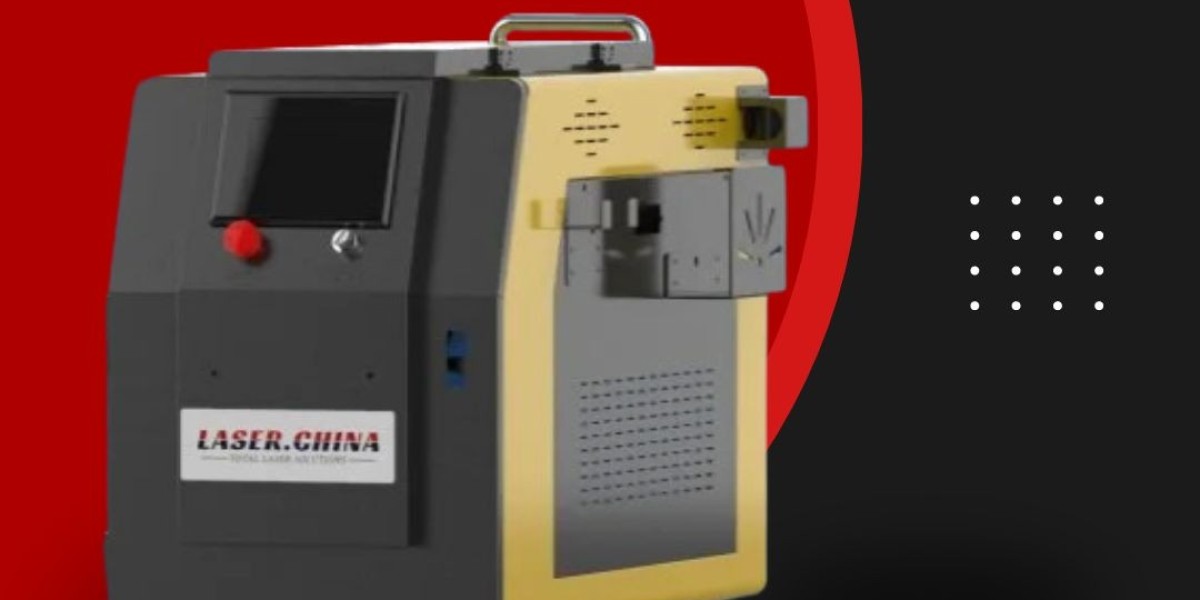An overhead cable is a conductor system suspended above the ground, typically mounted on poles or towers, that transmits electric power, telecommunication signals, or transit power over long distances. These cables are crucial in utility infrastructure for urban, rural, and industrial settings due to their cost-effectiveness and ease of maintenance.
Types of Overhead Cables and Their Applications
| Type of Cable | Application | Voltage Level | Material Used |
|---|---|---|---|
| AAC (All Aluminum) | Urban areas, short spans | Low to medium voltage | Aluminum |
| AAAC (All-Aluminum Alloy) | Long spans, coastal regions | Medium to high voltage | Aluminum alloy |
| ACSR (Aluminum Conductor Steel-Reinforced) | High-tension transmission lines | High voltage | Aluminum with steel core |
| Copper Conductors | Special projects, transformers | Medium voltage | Copper |
| Covered Conductors | Near populated areas, safety zones | Low to medium voltage | Insulated aluminum or copper |
Key Advantages of Overhead Cable Systems
Cost-Effective Installation
Requires minimal excavation and material, reducing upfront investment.Quick Repair and Maintenance
Easy visual inspection and access simplify troubleshooting and minimize downtime.Flexible Design for Expansion
Easily extendable to new regions or industrial expansions with fewer logistical barriers.High Heat Dissipation
Cables exposed to air dissipate heat better, allowing higher current loads.
Common Use Cases of Overhead Cables
Electric Utilities
Used in urban and rural grids for primary power transmission.Railway Electrification
Carries power to locomotives through catenary systems.Telecommunication Lines
Supports analog and fiber cables in hard-to-reach locations.Industrial Zones
Connects high-voltage power to machinery over long factory zones or construction sites.
Important Parameters to Consider Before Installation
| Parameter | Why It Matters |
|---|---|
| Voltage rating | Determines the thickness and insulation type |
| Span length | Impacts sag and tension design |
| Wind load and weather | Affects pole strength and anchoring systems |
| Terrain and geography | Influences tower height and cable routing |
| Conductor material | Defines conductivity and lifespan |
Compliance & Safety: Industry Standards You Must Know
IEC 61089 – International standard for overhead line conductors.
IEEE 524 – Guidelines for installing overhead transmission lines.
National Electric Code (NEC) – Safety rules in North America.
IS 398 (India) – Specifications for aluminum conductors.
Regular inspections and adherence to safety clearances reduce fire risk, outages, and electrocution hazards.
Overhead Cable vs. Underground Cable
| Factor | Overhead Cable | Underground Cable |
|---|---|---|
| Cost | Lower | Higher |
| Repair time | Faster | Slower |
| Lifespan | 30-50 years | 20-40 years |
| Risk from elements | Weather-exposed | Protected underground |
| Aesthetic impact | Visible on landscape | Hidden infrastructure |
Environmental Considerations
Vegetation Management
Requires regular tree trimming under and around lines to avoid interference.Bird Diverters
Installations help prevent bird collisions on long transmission corridors.Noise Reduction
Proper spacing and tensioning help reduce humming caused by corona discharge.
FAQs About Overhead Cables
Q1: What is the maximum voltage an overhead cable can carry?
High-voltage overhead cables can handle up to 765 kV or more, depending on the conductor size and insulation method.
Q2: Are overhead cables dangerous to humans?
Yes, if not handled properly. Strict clearances, grounding systems, and insulation protocols are in place to reduce risks.
Q3: How often do overhead cables require maintenance?
Typically once every 1–3 years depending on climate, usage, and regional regulations.
Q4: What material is most commonly used for overhead cables?
Aluminum and aluminum alloy are most common due to their balance of conductivity, weight, and corrosion resistance.
Q5: Can overhead cables be used for internet and telecom?
Yes, fiber-optic or coaxial cables are often mounted alongside or beneath power conductors.
Materials Used in Overhead Cable Construction
Conductors:
Aluminum, copper, and steel-reinforced aluminum for various current loads.Insulators:
Glass, porcelain, or polymer materials that prevent grounding.Supporting Structures:
Wood, steel, or concrete poles and lattice towers that bear load tension.Hardware Accessories:
Vibration dampers, spacers, connectors, and clamps to enhance performance.
Design Considerations for Engineers
Sag-Tension Analysis
Critical for determining safe cable span between towers.Clearance Distance
Depends on voltage, terrain, and safety guidelines.Load Flow Study
Predicts how electricity will behave under different demand scenarios.Environmental Load Calculations
Accounts for wind, ice, and temperature variations over time.
Installation Methods and Tools
Stringing Equipment
Uses pulleys, winches, and rollers to safely install wires.Helicopter Stringing
For difficult terrains like mountains or rivers.Live-line Techniques
Used by utility companies to maintain lines without shutting down power.Grounding and Shielding
Protects both cable and environment from electrical faults.
Maintenance and Monitoring
Thermal Scanning
Detects hot spots indicating overloading or wear.Drone Inspections
Reduces time and risk for workers; provides real-time data.Smart Grid Integration
Monitors real-time loads and faults to prevent blackouts.
If you're managing a utility, designing infrastructure, or exploring long-range energy distribution, understanding how overhead cables function is essential to building reliable, scalable, and compliant systems. They form the backbone of modern civilization’s power delivery and continue to evolve with smarter materials and monitoring technologies







